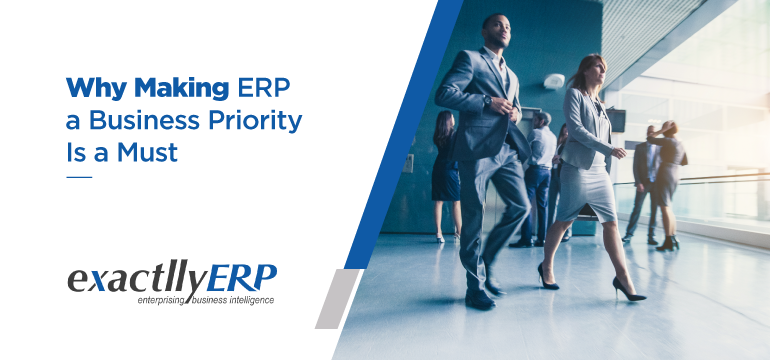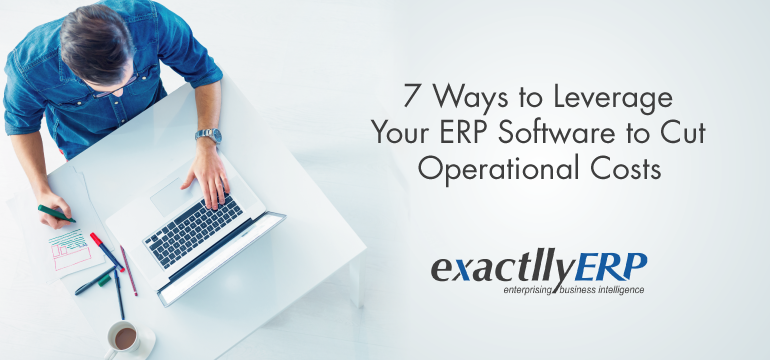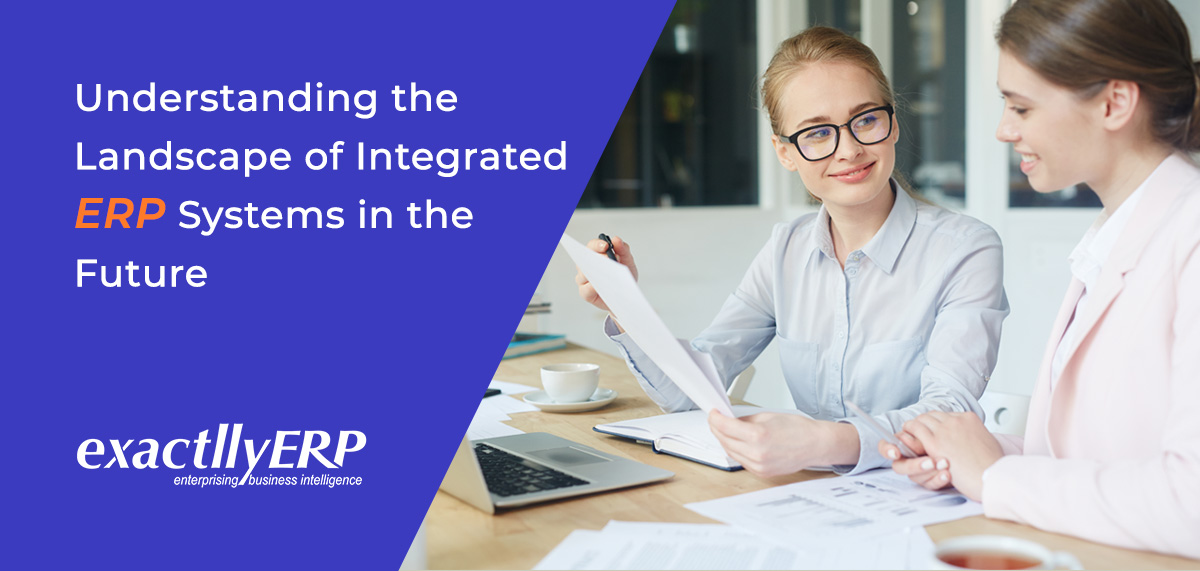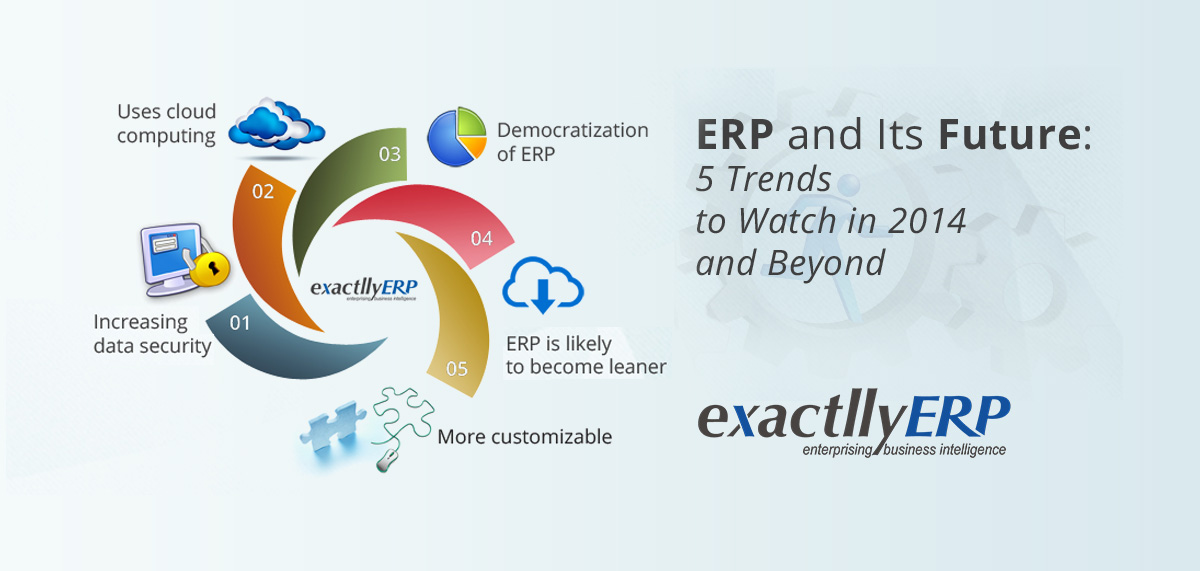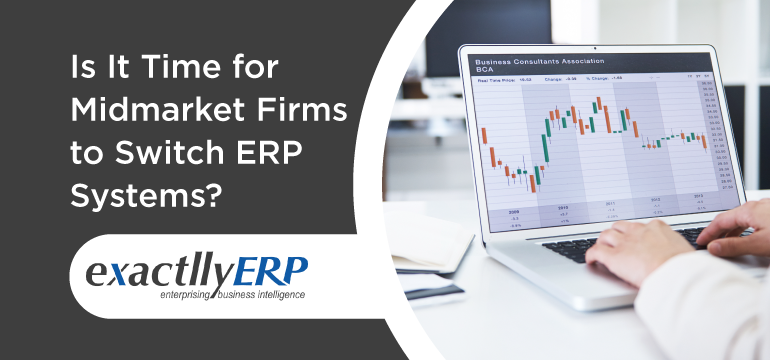5 Types of ERP Software Delivery Models
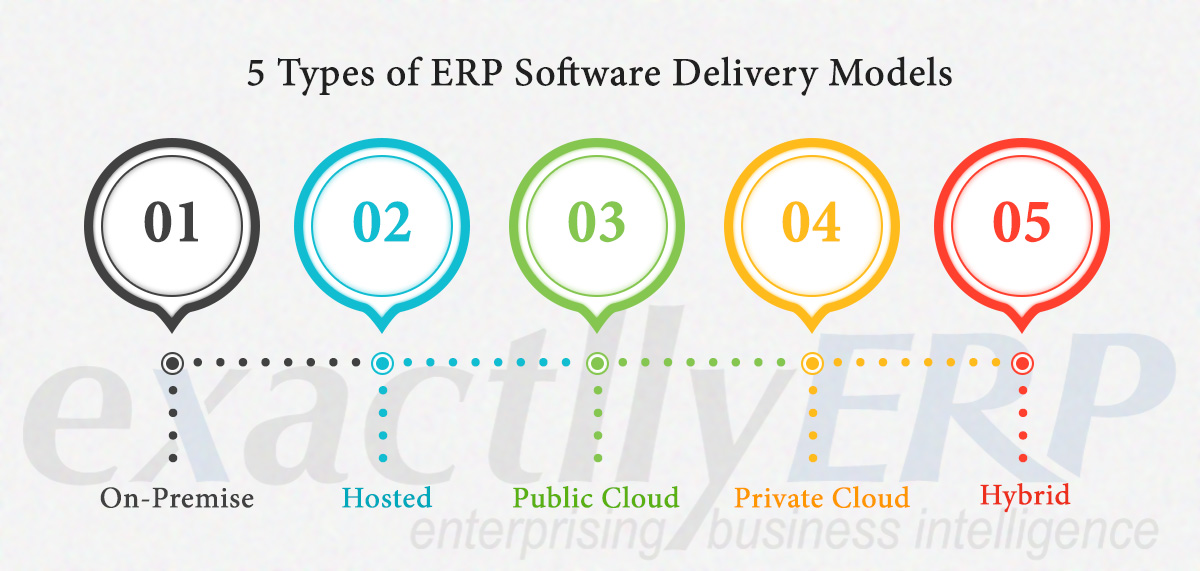
Software Delivery Models
ERP delivery models have evolved over the years and given organizations many options to choose from. The basic points of consideration include work overload, cost economy, the flexibility of operation and data security. Before you choose any model, you must consider the implication it has on your employees, suppliers and customers.
The implementation procedure for every model will vary depending upon the complexity and risk factor involved. The training requirement will also be different for different models. Work out the cost, long-term strategy and plan the implementation process.
Let us briefly describe Various Software Delivery Models:
-
On-Premise:
On-premise ERP software means that the company purchases the software and installs it on its own servers. The company has to further invest in ERP tools, add-ons, long-term and short-term server maintenance. On-premise software gives the leverage of customizing the software as per the typical needs of an organization. Though it may look complex to manage, many businesses feel that it scores an edge over other delivery models.
Advantages –
Your business data is secured within your company-owned servers
Your data is secured as you don’t have to worry about data security threats and data leaks
You save significant cost as you don’t have to invest in data security software and manpower to handle the same
Disadvantages –
You have to spend significant time in implementation, setting up the system and loading new modules
Your infrastructure cost is high as you have to invest in servers to increase data handling capacity
You have to allocate extra IT staff to run the software on your system
-
Hosted:
All ERP software needs a server to run. In hosted ERP model, you own the software but not the server. You rather use third party servers by paying a monthly fee. All your data is located in these third-party secured servers. Data back-up, data security and server maintenance is taken care of by the vendor itself. In hosted services, the software is accessed through a virtual private network rather than through the internet. It is gradually being replaced by web-based cloud-hosted ERP models.
Advantages –
Vendors make sure that your data is secured, with balanced architecture and an uptime guarantee.
Vendors ensure that your software is easily accessible to your employees
Vendors have sufficient experience in the industry to keep your software up and running
Your in-house team is relieved of the maintenance
Disadvantages –
Your data is at risk if the vendor’s server is hacked
If there is any technical issue with the vendor’s servers, your business functions will come to a halt
-
Public Cloud
Public cloud ERP software is owned and remotely hosted by the vendor’s servers. It is accessed over the internet on a subscription basis. The subscription fee is inclusive of access to hardware, software delivery models and other resources essential for running the software. This model is commonly known as SaaS i.e. Software-as-a-Service. This technology allows the applications to be installed across multiple servers and database resources. It is especially useful when the business is spread across multiple locations.
Advantages –
You have 24*7 access to cloud services
You don’t have to worry about hardware, software delivery models and upgrades thereby reducing your infrastructure investment for setting up the ERP system
You save time and money on installation and maintenance
Cloud services can be delivered through any device connected with the web without using a complicated VPN network
Real-time data access
You have the flexibility to change your service provider
You only pay for what you use
Disadvantage –
Cloud host providers offer their services to multiple users at a time which help them to keep their cost low at the expense of limited flexibility. It becomes a cause of concern for organizations who need customization to adjust their business needs.
-
Private Cloud
Private cloud based software allows the organization to host the application on a private server located on-premise. The ownership of the software lies with the vendor only. In other cases, the private server can be located at a remote location under the control of the vendor. Here, the vendor remotely manages and updates the server meant for you.
It offers the flexibility of enabling customizations and developing applications without compromising on other facilities offered by the SaaS solution.
Advantages –
As the cloud server is private, you hold a higher degree of control over it
Your data is backed by more security
All other advantages are in common with public cloud
Disadvantages –
Unlike the case in public clouds, private clouds are costly to maintain
Capacity addition becomes a problem for private cloud owners as it needs more investment in servers and maintenance. Moreover, servers are under-utilized most of the time.
-
Hybrid
A hybrid ERP solution is a combination of on-premise and cloud format. It allows customers to migrate from one delivery model to another without losing data or functionality. The associated cloud can be private or public depending upon the needs of the organization.
Advantages –
When the saturation limit for existing hardware set-up is reached in an on-premise delivery model, companies look for better ROI for further investment. Hybrid set-up allows the organization to migrate non-critical processes to the cloud while retaining the critical processes on-premise. Here, you can pay a meagre fee to deploy certain processes on the cloud i.e. you pay for what you use.
Testing is usually required during ERP implementation, new releases and upgrades. On-premise set-up makes it difficult for companies to test the processes at full-load due to limited storage capacity. A Hybrid setup allows the companies to commission a testing environment on the cloud which needs a huge capacity on a temporary basis. After the testing is over, the cloud services can be decommissioned. It helps the companies to save significant expenditure in permanent capacity expansion.
Hybrid ERP is the best delivery model for a mid-size to the big organization as it follows a balanced approach. It does not specifically have any disadvantage except the similar challenges faced by on-premise and cloud systems.
Conclusion:
You must carefully analyze your organizational needs before you select a particular software delivery model. While many small organizations find SaaS suitable due to cost economy and simplicity, large organizations prefer a hybrid model as it ensures flexibility for their dynamic needs.
With an increasing demand for customization and an increasing acceptance for cloud model, the on-premise model is likely to fade away in a couple of years. Yet, it would always be prudent to speak to a professional ERP agency in order to find out what is best suited for your business. After all, implementing ERP should always be done after intense discussions with ERP professionals. exactllyERP is one of the leading ERP providers. To know more about ERP, feel free to Contact Us and get a Free Demo.


